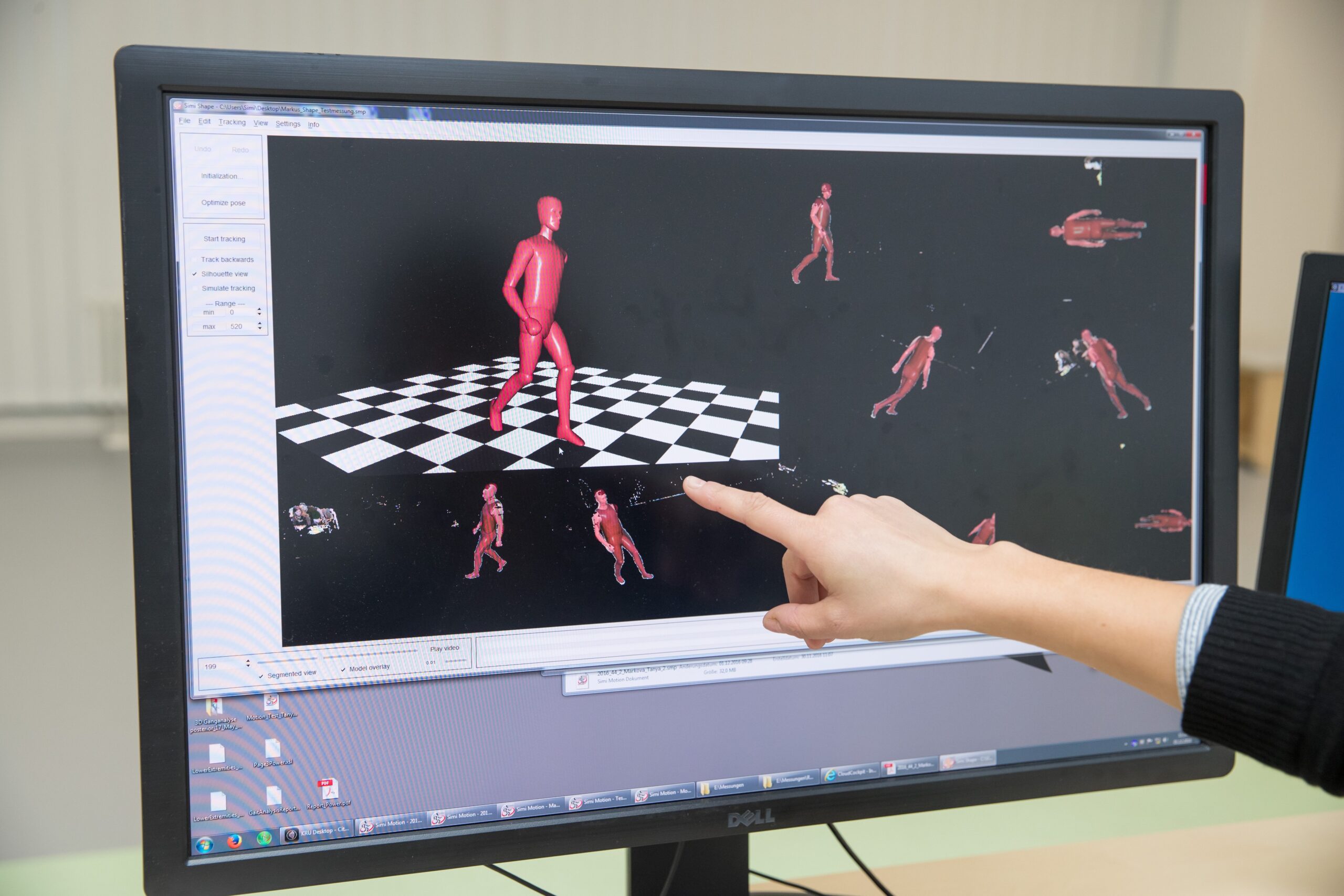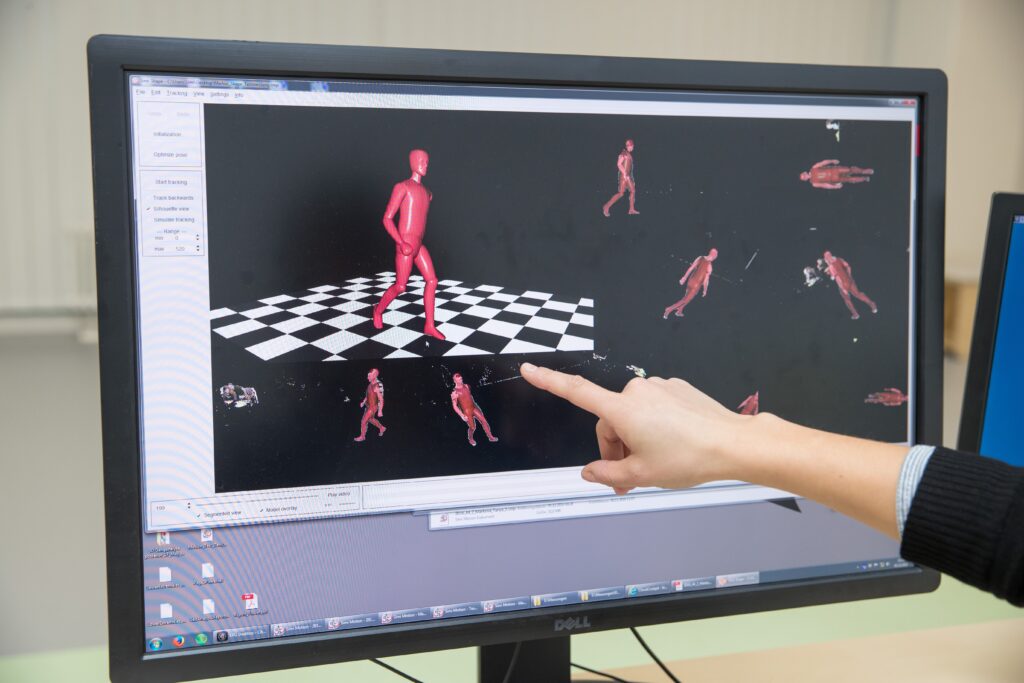
Over the weekend, the conservative media outlet The Blaze and journalist Steve Baker accused a former Capitol police officer of being the prime suspect in the unsolved Jan. 6 pipe bomb incident. The report instantly sent shockwaves through right-wing media, leading to a frenzy of conspiracy theories and calls for the individual’s immediate arrest.
The Blaze also accused the person of being part of a vast government conspiracy. In hyping up his report on X, Baker wrote, “This might just be the biggest scandal and conspiracy in American history.”
Mashable is not sharing the name of the person the Blaze identified as the alleged pipe bombing suspect, as the outlet has not yet presented conclusive evidence for their claims, nor have federal authorities confirmed they are investigating the former officer.
In fact, The Blaze’s report primarily rests on a little-known forensic tool called gait analysis. So, what is gait analysis, and how reliable is it? Can it be used to positively identify a person?
What is gait analysis? Understanding a forensic tool with a long history.
Gait refers to an individual’s style of walking, running, and moving. The study of gait dates back to Aristotle, and in modern times, gait analysis has been used as evidence in criminal justice since at least 1839, according to the American Bar Association. More recently, software and artificial intelligence have allowed investigators to conduct much more detailed gait analysis.
The Blaze says that it arranged a forensic gait analysis of the individual in question for its report. Per The Blaze, “The source who did the comparison said the software rated the match at 94%.” However, The Blaze did not identify the individual who performed the analysis or the tools they used.
The Blaze’s analysis compared a surveillance video of the pipe bomber with footage of the alleged suspect at a soccer game in 2017. Strangely, The Blaze did not use the famous videos of the bomber released by the FBI, which show an unknown individual in a mask and gray hoodie placing bombs near both the Democratic and Republic National Committee offices in Washington, D.C. Instead, Baker wrote that the analysis used a video from “another source” that shows the same scene.
The Blaze said that it used a “software algorithm that analyzes walking parameters including flexion (knee bend), hip extension, speed, step length, cadence, and variance.” This is the tool that provided a 94 percent match.
So, is gait analysis reliable enough to provide a positive identification, absent other evidence?
Not quite.
The American Bar Association states that gait analysis can be used as “corroborating evidence” and a “contributing factor in the identification process.” In addition, the ABA also states that “precise individualization of a person’s gait has yet to be fully scientifically proved.” That means gait analysis likely would not be sufficient evidence to convict someone in a criminal case, unlike DNA evidence.
Not only can gait analysis produce false positives, but one study also pegged its accuracy at just 71 percent, according to a paper published with The Chartered Society of Forensic Sciences in 2019. That paper also states that the “potential uniqueness of gait has yet to be proven.”
In short, even if The Blaze has correctly identified the alleged pipe bombing suspect, they have not yet provided conclusive evidence of that fact.
Usually, a media outlet would demand more than 94 percent certainty before claiming they’ve uncovered “the biggest scandal and conspiracy in American history.”







